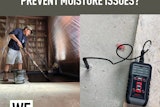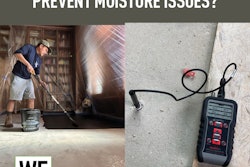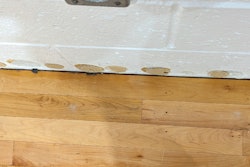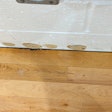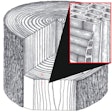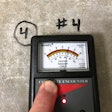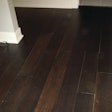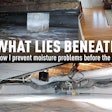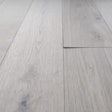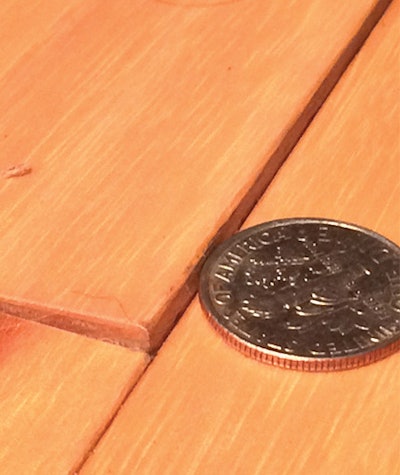
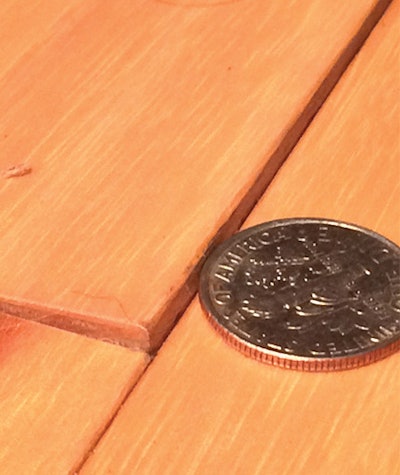 Acclimating engineered flooring to the wrong conditions can lead to trouble.
Acclimating engineered flooring to the wrong conditions can lead to trouble.
I hear conflicting information about whether I am supposed to acclimate engineered wood flooring before installation. Should I?
Stephen Diggins, branch manager at the Salem, N.H., Wood Pro Inc. branch, answers:
That's a big question, but I'll try to discuss the basics (and welcome pros to chime in on the comments below). First, a quick story: In my home we have ½-inch engineered hickory that looked great for years. Then we installed a pellet stove. The hickory veneers warped and delaminated, and other than complicated floor surgery with epoxy and compression weights, board replacement and adding humidity was the only solution. The lesson? Whether the floor will work depends on the specific product and the conditions of each job.
So, back to the acclimation question. A few guidelines:
Rule #1: Follow the instructions from both the wood flooring and heating system manufacturers. Some engineered flooring manufacturers recommend acclimation, while others do not. With some products, you may have problems engaging the tongue and groove if it is acclimated to a higher moisture content. I inspect a lot of flooring complaints and fill out a lot of manufacturer-required forms. Understand that even if acclimation is "not a requirement," you must check all the right boxes for moisture content, heat source, subfloor, acclimation and many other factors. Read the instructions!
RELATED: Engineered 101: Understand the Fundamentals of Engineered Wood Flooring
Rule #2: Length of "acclimation" can be meaningless. Claiming "we left that flooring there for over a month!" means nothing. What is the acclimation of the product during the 72 hours prior to installation, and where will it be over the next 365 days? Sixty days of "acclimation" to ideal conditions, then five days of extreme heat and humidity during installation can equal a failure! Use a moisture meter at the time of installation and consider what changes might take place in the future.
Rule #3: Start your job with a tape measure. Check the face of the material you purchased, and do not install anything that does not uniformly measure what you purchased. If it's a little plus-sized or under-sized, either the flooring is defective or the material has changed due to job-site conditions (what we casually call "acclimation"). There are days when flooring can be installed right off the truck (rarely). If you are acclimating, your target is what we refer to as "70/40," which is ideal living conditions: 65–70 degrees at 35–40% RH.









